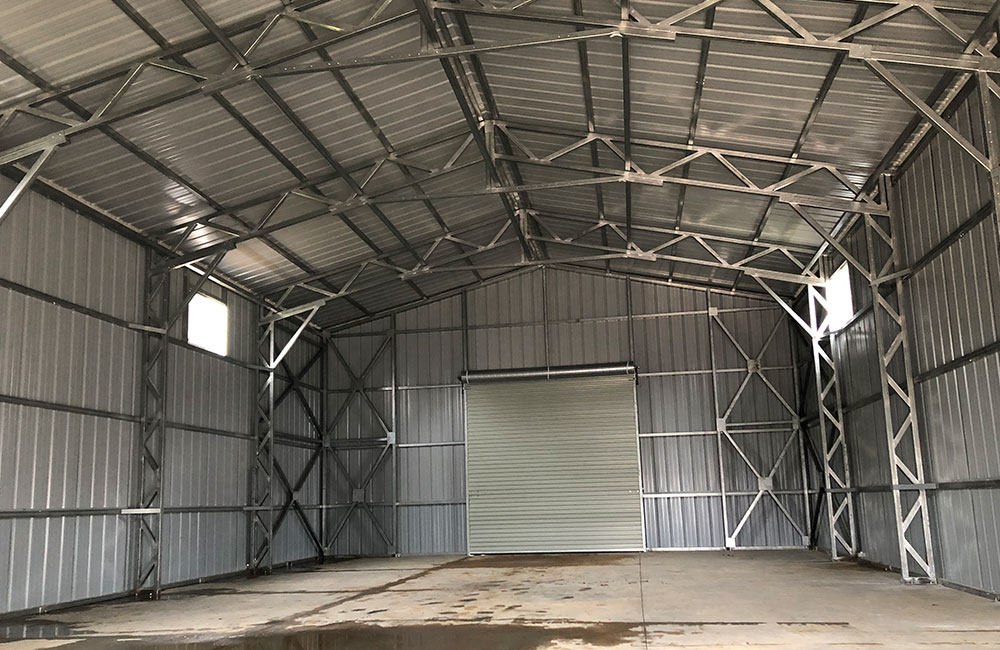
Building codes are a crucial aspect of the construction industry, ensuring that structures are safe, functional, and compliant with regulations. These codes vary depending on location, climate, and building purpose. In this article, we will explore the different types of building codes that govern construction projects.
National Electrical Code (NEC)
The National Electrical Code, also known as NFPA 70, is a standard for electrical installation and safety in buildings. It provides regulations for electrical wiring, circuits, fixtures, and equipment to ensure electrical systems are safe and reliable.
International Plumbing Code (IPC)
The International Plumbing Code outlines the standards and requirements for plumbing systems in buildings. It covers topics like water supply, drainage, sewage disposal, and fixture installation to ensure public health and sanitation.
Energy Codes
Energy codes focus on energy efficiency and environmental sustainability. They set standards for building insulation, lighting, HVAC systems, and renewable energy sources to reduce energy consumption and lower greenhouse gas emissions.
Accessibility Codes
Accessibility codes, such as the Americans with Disabilities Act (ADA) in the United States, ensure that buildings are accessible to individuals with disabilities. They cover features like ramps, elevators, wider doorways, and accessible restroom facilities.
Local Building Codes
In addition to national and international codes, local governments often adopt their own building codes to address regional or community-specific needs. These codes may include zoning regulations, building materials restrictions, and seismic or hurricane-related requirements.
Green Building Codes
Green building codes, like LEED (Leadership in Energy and Environmental Design), focus on sustainable construction practices. They encourage environmentally friendly building materials, energy-efficient designs, and reduced environmental impact throughout a building’s life cycle.
Fire and Life Safety Codes
These codes focus on safeguarding occupants from fire and other life-threatening situations. They include regulations for fire alarms, emergency exits, fire extinguishers, and building materials’ fire resistance.
Conclusion
Building codes play a vital role in ensuring the safety, durability, and sustainability of structures. While the specific codes may vary depending on location and building type, they all share the common goal of promoting safe and responsible construction practices.
Architects, builders, and construction professionals must stay informed about the applicable building codes to create structures that meet regulatory standards and prioritize the well-being of occupants and the environment.
